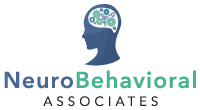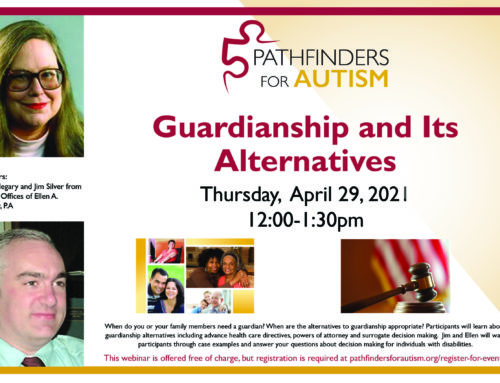Neurobehavioral disorders can impact individuals at any age, but they can be especially challenging for children who are still undergoing the developmental phases of life. As a parent or caregiver, it is extremely important to understand the signs and symptoms of neurobehavioral disorders in children so that you can best support your little one.
In this article, we will unpack the most common neurobehavioral disorders in children, how you can spot them, and the best ways to show your support.
Attention-Deficit/Hyperactivity Disorder (ADHD)
One of the most common neurobehavioral disorders that occurs in children is attention deficit hyperactivity disorder more commonly known as ADHD. Over the past several years, there have been a lot of misconceptions about ADHD and what the condition truly entails. ADHD does not only include difficulty focusing or getting distracted easily, but has a variety of other symptoms as well. ASHD can also manifest in ways such as extreme focus on detail, discomfort in certain surroundings, anger management issues, and even social isolation.
Autism Spectrum Disorder (ASD)
Autism is another neurobehavioral disorder that is common in children. Autism can also manifest in a variety of different ways. More often than not, parents overlook signs of autism, as they are only used to seeing very severe cases portrayed in the media. Symptoms can include struggling to make social connections, repetitive behaviors, obsessiveness, and sensitivity to sensory input, amongst other things. This is why it is so important to connect with a professional in order to get the proper diagnosis for your child.
Oppositional Defiant Disorder (ODD)
Is your child being disobedient? It might be more than them just being naughty. Oppositional defiant disorder can occur in children who have a hard time taking direction or understanding the perspective of their authority figures. This behavior can oftentimes be used as a protective mechanism, to shield them from losing the autonomy that they have over themselves. Frequent temper tantrums, arguments with adults, rule questioning, and refusal are common symptoms to be aware of.
Specific Learning Disorders (SLD)
Did you know that learning disorders are classified as neurobehavioral disorders? If your child is having difficulty in school, it might not be for lack of trying. Be sure to communicate with your school’s academic resource center and your child’s teacher to understand possible learning disorders and rule them out before taking disciplinary action with your child. Luckily, learning disorders have become much more accepted in today’s society, and school systems everywhere have resources in place to help support students where they need it most.
Tourette Syndrome (TS)
Tourette syndrome is another neurobehavioral disorder that can occur in children, prohibiting them from clear speech, proper understanding, and undergoing basic motor function. Again, this condition can range in severity, so some cases of Tourette’s are almost undetectable to the naked eye. However, it is important to remember that this does not mean that the child is not struggling from within. Frequent blinking, eye-rolling, jumping, twirling, and other repetitive movements are often telltale signs.
Anxiety Disorders
Anxiety disorders are some of the most common mental health disorders that have occurred over the past several years, especially since the pandemic. However, because it is so common, it is also one of the most difficult neurobehavioral disorders to detect. Nervousness and apprehension can sometimes be confused with anxiety, and vice versa. If you have any suspicions that your child might be struggling, speaking to a professional is the way to go.
We hope this article helped you better understand the most common neural behavioral disorders in children, how to look out for them, and ways in which you can intervene. Remember, your best bet is to always seek medical advice and connect with a professional. Contact NeuroBehavioral Associates today to speak with one of our experts.






